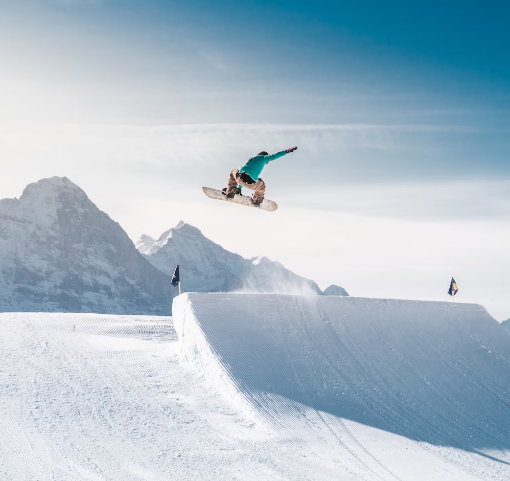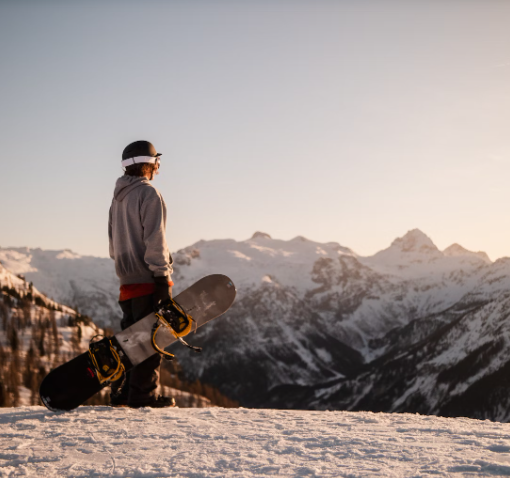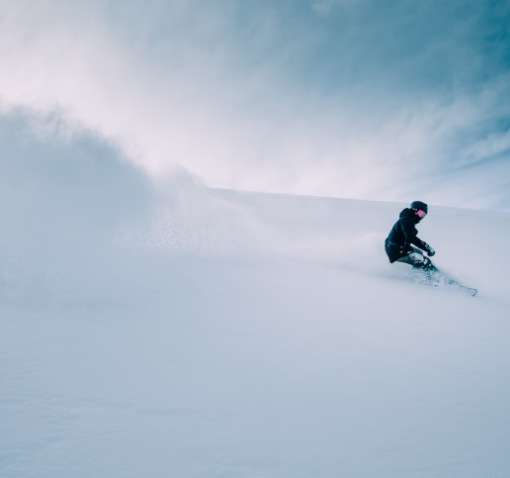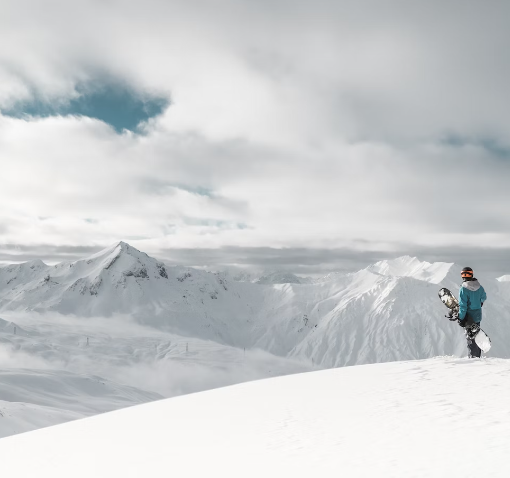
Snowboarding is a popular winter sport that involves sliding down snow-covered slopes on a board attached to your feet. With the variety of snowboard types and technologies available, choosing the right snowboard can seem daunting for beginners and enthusiasts alike. However, understanding key factors like snowboard shape, flex, and sizing can help simplify the selection process.
Snowboard Shape
The shape of a snowboard impacts its handling and performance in different conditions and terrains. There are three primary snowboard shapes:
Directional Boards
Directional boards are tapered towards the tail and have a wider nose. This design allows for greater float in powder and stability at higher speeds, making them ideal for freeriding. Directional boards excel in fresh snow but lack versatility on hardpack conditions.
True Twin Boards
Also known as a twin-tip, true twin boards have a symmetrical shape with identical nose and tail. The balanced design allows you to easily ride switch (backwards) and lends itself well to freestyle tricks in the park. However, twin boards may not perform as well in powder conditions.
Directional Twin Boards
Directional twin boards combine elements of both designs, featuring a twin shape but a slightly tapered tail to provide greater directional control. This makes them versatile across different terrains while still allowing you to ride switch with ease.
Considering where you plan to ride can help determine the ideal board shape. Park and all-mountain riders may favour twin boards while backcountry enthusiasts will benefit from directional shapes. If your style varies across conditions, a directional twin may be the best option.
Snowboard Flex
The flex pattern of a snowboard also impacts its performance. Snowboard flex is described as soft, medium, or stiff and indicates how much the board bends when pressure is applied.
Generally:
| Flex Rating | Characteristics |
|---|---|
| Soft | Offer a surfy, playful feel and excel at butters, jibs, and freestyle tricks. However, they may feel washy at high speeds. Ideal for beginners. |
| Medium | Provide a balance of flex for all-mountain versatility. These boards offer a lively, poppy feel that suits small-to-medium jumps. |
| Stiff | Designed for charging hard and stability at speed. The rigid flex makes them less forgiving but very responsive for carving, big hits, and charging steeps. Best for advanced-to-expert riders. |
Consider your skill level and riding style when assessing board flex. Jibbers and progressing riders benefit from a soft flex while aggressive chargers require stiffer boards. If your style varies, look for a medium flex for balanced performance.
Snowboard Sizing
Proper sizing is key for control and comfort on a snowboard. Factors like your weight, boot size, and riding style determine the ideal length and width.
Snowboard Length
This is based on your height and weight. A board that’s too long will feel sluggish while one that’s too short will lack stability. Generally:
- Riders under 120 lbs: 140-150 cm board
- Riders 120-180 lbs: 150-160 cm board
- Riders over 180 lbs: 160-170+ cm board
Snowboard Width
Match this to your boot size so you don’t experience toe or heel drag. Wider boards float better in powder while narrower boards are more agile.
- Size 7-8 boots: ~246 mm width
- Size 9-10 boots: 252-254 mm width
- Size 10+ boots: 260+ mm width
Choosing the correctly sized board helps optimise control and response for your specific needs. Refer to weight and sizing charts to dial in your perfect dimensions.
To conclude, selecting the ideal snowboard involves assessing several interrelated factors that impact performance and feel. Considering where and how you want to ride helps determine the optimal shape in terms of directional, true twin, or directional twin design. Dialling in the right amount of flex allows the board to complement your skill level and riding style. And proper sizing based on your height, weight and boot size ensures ideal control and comfort on the slopes. With a clear understanding of these key factors, you’ll be shredding the mountain on your dream board in no time.



